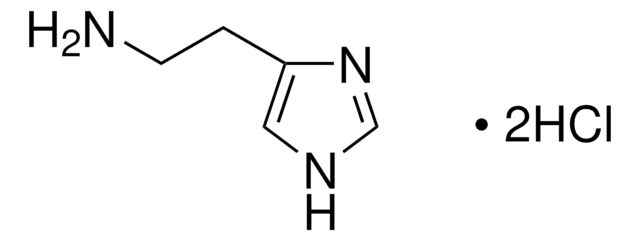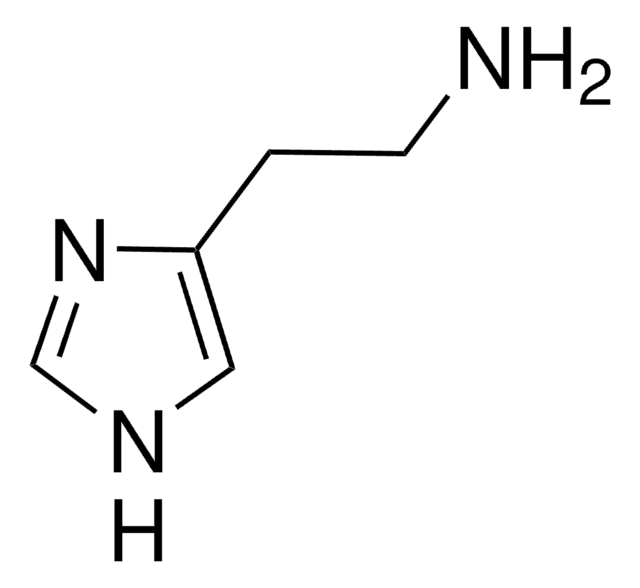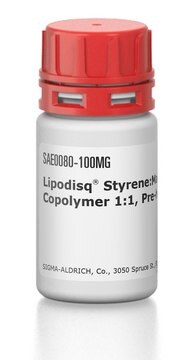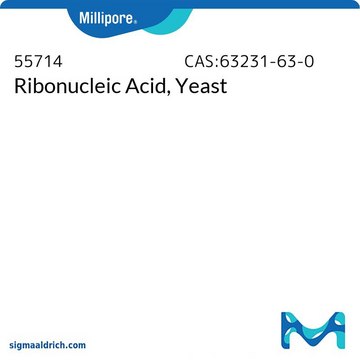Kluczowe dokumenty
SML2311
BAY 60-7550
≥95% (HPLC)
Synonim(y):
2-(3,4-Dimethoxybenzyl)-7-{(1R)-1-[(1R)-1-hydroxyethyl]-4-phenylbutyl}-5-methyllimidazo[5,1-f][1,2,4]triazin-4(3H)-one, BAY-60−7550, BAY60-7550
About This Item
Polecane produkty
Próba
≥95% (HPLC)
Formularz
powder
kolor
white to light brown
rozpuszczalność
DMSO: 2 mg/mL, clear
temp. przechowywania
−20°C
ciąg SMILES
[n]21[nH]c(n[c](c2c(nc1[C@H]([C@H](O)C)CCCc4ccccc4)C)=O)Cc3cc(c(cc3)OC)OC
InChI
1S/C27H32N4O4/c1-17-25-27(33)29-24(16-20-13-14-22(34-3)23(15-20)35-4)30-31(25)26(28-17)21(18(2)32)12-8-11-19-9-6-5-7-10-19/h5-7,9-10,13-15,18,21,32H,8,11-12,16H2,1-4H3,(H,29,30,33)/t18-,21+/m1/s1
Klucz InChI
MYTWFJKBZGMYCS-NQIIRXRSSA-N
Działania biochem./fizjol.
Kod klasy składowania
11 - Combustible Solids
Klasa zagrożenia wodnego (WGK)
WGK 3
Temperatura zapłonu (°F)
Not applicable
Temperatura zapłonu (°C)
Not applicable
Wybierz jedną z najnowszych wersji:
Certyfikaty analizy (CoA)
It looks like we've run into a problem, but you can still download Certificates of Analysis from our Dokumenty section.
Proszę o kontakt, jeśli potrzebna jest pomoc Obsługa Klienta
Masz już ten produkt?
Dokumenty związane z niedawno zakupionymi produktami zostały zamieszczone w Bibliotece dokumentów.
Nasz zespół naukowców ma doświadczenie we wszystkich obszarach badań, w tym w naukach przyrodniczych, materiałoznawstwie, syntezie chemicznej, chromatografii, analityce i wielu innych dziedzinach.
Skontaktuj się z zespołem ds. pomocy technicznej





